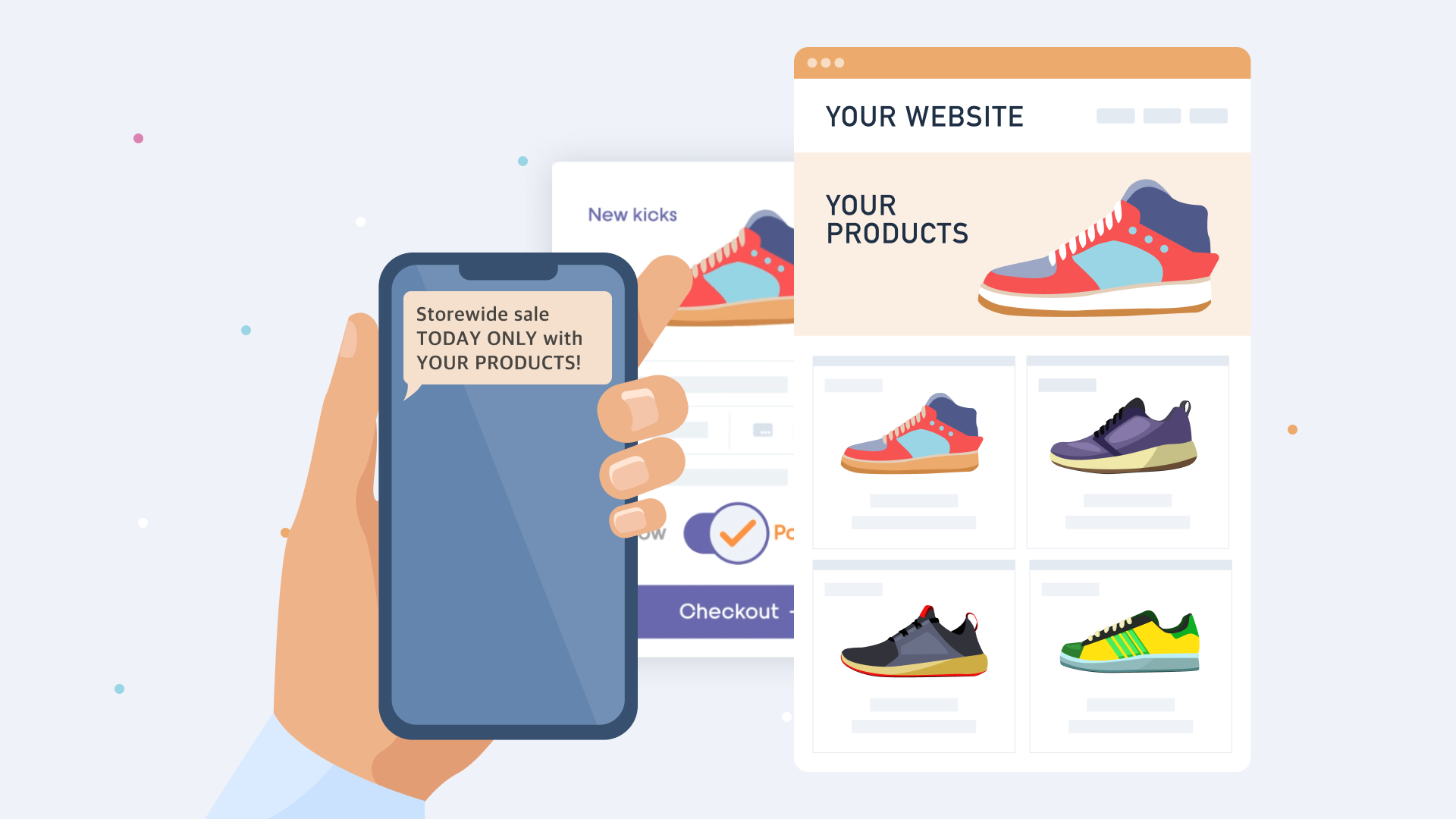Four ways to juice your ecommerce sales this year

After the turbocharged digital transformation of 2020, ecommerce retailers look set for a bumper 2021 – if they play their cards right
While the figures varied between industries and nations, there’s no question ecommerce had a shutdown-propelled rocket put underneath it in 2020. With many consumers starting to feel more optimistic, it can be assumed ecommerce retailers can look forward to another big year as Australians start to loosen their purse strings.
If you want to take full advantage of favourable economic conditions, you should focus on the following.
Get with the voice-commerce program
In the near future, most consumers will expect to chat to their phone rather than endure the tedium of typing a search term into it. Voice recognition has grown sophisticated enough and Siri, Alexa and Cortana ubiquitous enough to make optimising your online store for voice search a necessity. (To summarise, this involves adjusting to the reality that consumers search differently when speaking than when typing.)
Maximise the mobile-friendliness of your site
If 2020 was the year many neophyte online shoppers made their first purchases on their laptop or desktop computers, 2021 might turn out to be the year newish online shoppers become relaxed enough to start making impulse buys on their phone. In fact, it’s estimated that 73% of ecommerce sales will be taking place on mobile devices by the end of the year.
If you don’t want to deal with lots of frustrated would-be purchasers abandoning their carts, go easy on the data-entry requirements, design your site to be easily viewable (and navigable) on small screens and use large font and buttons.
Provide a seamless omnichannel experience
The data suggests omnichannel shopping is now more common than not, especially with younger, digitally native consumers. And while plenty of retailers did hit the wall in 2020, there’s a compelling argument to be made that, “Bricks and mortar stores are not dying, they’re evolving into a new marketing channel sitting at the top of the funnel, offering lower customer acquisition costs while digital marketing continues to rise”.
If you haven’t already, now is the time to get obsessive about integrating all your customer interaction points. (Take a look at the envelope-pushing efforts of Disney, Starbucks and Sephora if you need some inspiration.)

Make payment as frictionless as possible
Some ecommerce retailers still drag the chain when it comes to making it easy for their customers to give them money. This is not entirely illogical; the time and effort required to accept, for instance, payment in Bitcoin may not be justified by the extra sales that would be made by cryptocurrency fans.
While taking a wait-and-see approach to esoteric forms of payment may be sensible, there’s no excuse not to respond to clear market demand. And if there’s one thing Australian consumers have been making clear over the last couple of years, it is that they love BNPLs that challenge the traditional payment space.
But, be warned, not all BNPLs are created equal and you’ll want to steer your customers in the direction of one that’s ethical and user-friendly.
Interested in learning more about a white-label, retailer-friendly, revenue-boosting BNPL? Click here to get Forrester’s Total Economic Impact study of Limepay.